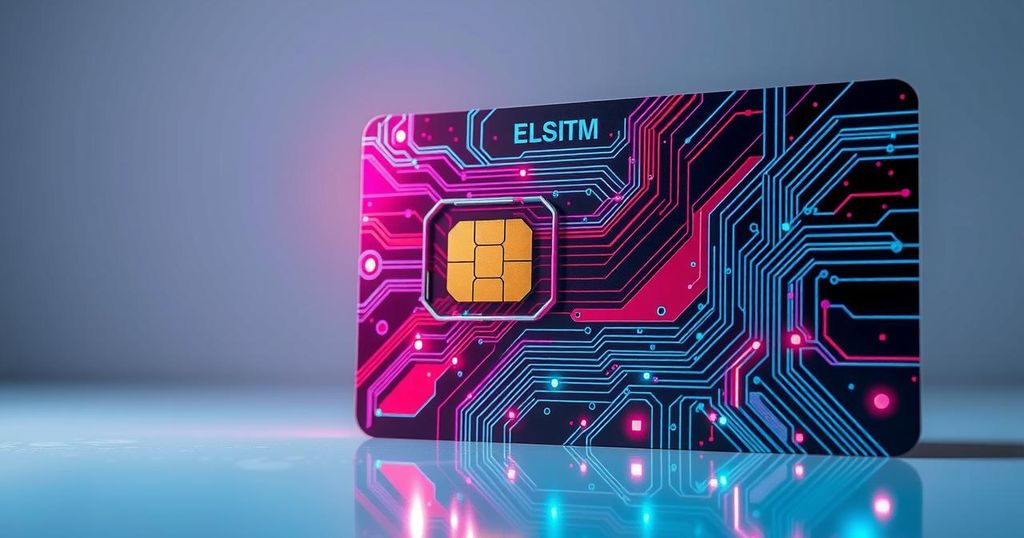The Future of eSIM Technology: Trends Shaping Tomorrow’s Connectivity
eSIM technology represents the evolution of SIM cards, leading to smaller devices and enhanced functionality. Key features include improved integration, support for wearables, and IoT applications, as well as remote provisioning for easy carrier switching. Security measures are being enhanced, and eSIMs are driving the adoption of 5G and sustainable practices in tech.
The evolution of SIM technology has led us from bulky 2FF cards in the 90s to the revolutionary eSIMs we see today, promising even more advancements in the future. Embedded directly in devices, eSIMs allow for sleeker designs and eliminate the need for dedicated SIM slots, paving the way for slimmer gadgets.
With eSIM technology, smaller wearables are becoming increasingly viable. These include smartwatches, fitness trackers, and health monitors that operate independently from smartphones, enhancing their convenience and functionality.
eSIMs are set to transform the IoT landscape. Their compact size allows for integration in everything from smart home devices to industrial sensors. This innovation not only preserves design integrity but also maintains high functionality across various connected systems.
One of the highlights of eSIM technology is remote provisioning. This feature enables users to switch carriers and activate plans without physically handling a SIM card. Travelers can easily switch to local networks, and businesses can manage their devices effortlessly without significant workload increases.
Security and privacy are paramount in eSIM technology. Embedded directly into hardware, eSIMs resist tampering and offer enhanced authentication, limiting access to authorized users only. Future innovations may include advanced encryption and biometric protections to combat cybersecurity threats.
The rise of 5G networks together with eSIM technology is creating an exciting landscape of possibilities. eSIMs facilitate seamless carrier transitions for optimal 5G coverage, paving the way for multi-device connectivity, which is especially advantageous for smart vehicles and advanced virtual environments.
The automotive industry stands to gain immensely from eSIMs, with connected cars utilizing this technology for navigation, software updates, and enhanced functionalities. For logistics firms, eSIMs streamline fleet management by providing real-time tracking and the ability to switch networks as required.
eSIM technology also supports sustainability in tech by eliminating plastic waste. With no physical SIM cards needed, eSIMs promote eco-friendliness while extending device lifespans through over-the-air updates that reduce the frequency of replacements.
Looking ahead, the future of eSIM technology is filled with promise. It holds the power to drive progress in smaller, smarter devices and enhance global connectivity while supporting a sustainable environment. Collaboration among industry stakeholders will be crucial for overcoming challenges and maximizing these innovations.
The future of eSIM technology looks remarkably promising, with potential advancements in device design, IoT integration, and enhanced connectivity. As eSIMs enable smaller, more efficient devices while fostering sustainability and security, their ability to revolutionize various sectors—including transportation and telecommunications—will depend on collaborative efforts among industry players to fully realize their capabilities.
Original Source: sdnews.com




Post Comment